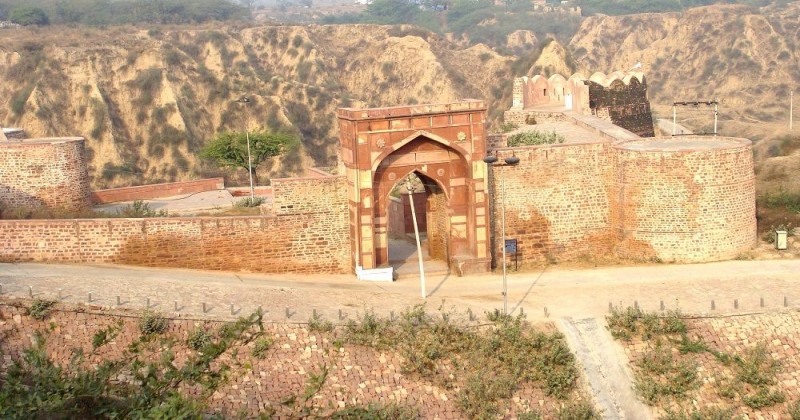
Ministry of Environment, Forest and Climate Change (MoEFCC) has released a preliminary notice outlining the size and boundaries of the eco-sensitive zone (ESZ) surrounding the Shergarh Wildlife Sanctuary in Rajasthan, according to officials. The ESZ serves as a protective buffer around core forest areas, aiming to mitigate human-wildlife conflicts, conserve wildlife in their natural habitats, and safeguard delicate ecosystems from undue harm.
Although Shergarh Wildlife Sanctuary attained sanctuary status in 1983, the establishment of its eco-sensitive zone had remained pending. Over the past eight years, various efforts were made to delineate the ESZ. The draft notification proposes an ESZ covering 348.60 sq km, ranging from 1.0 km to 17.0 km around the sanctuary’s core area, which spans 98.6 sq km. The sanctuary harbors a range of endangered species including leopards, Indian wolves, blackbucks, chinkaras, and various bird species.
Following the publication of the draft notification, stakeholders have been given a 60-day window to submit objections or suggestions. The Supreme Court’s directive mandates that all protected forests, national parks, and wildlife sanctuaries nationwide establish an eco-sensitive zone of at least one km from their demarcated boundaries. Restrictions within the proposed ESZ include prohibiting activities such as industrial development causing pollution, stone crushing, and commercial mining. Anurag Bhatnagar, Divisional Forest Officer in Kota, highlighted that certain activities like road construction and power line installation require approval from MoEFCC. Additionally, the Rajasthan government is tasked with crafting a Zonal Master Plan in consultation with local communities and relevant departments within two years of the final notification’s publication.

Post Your Comments